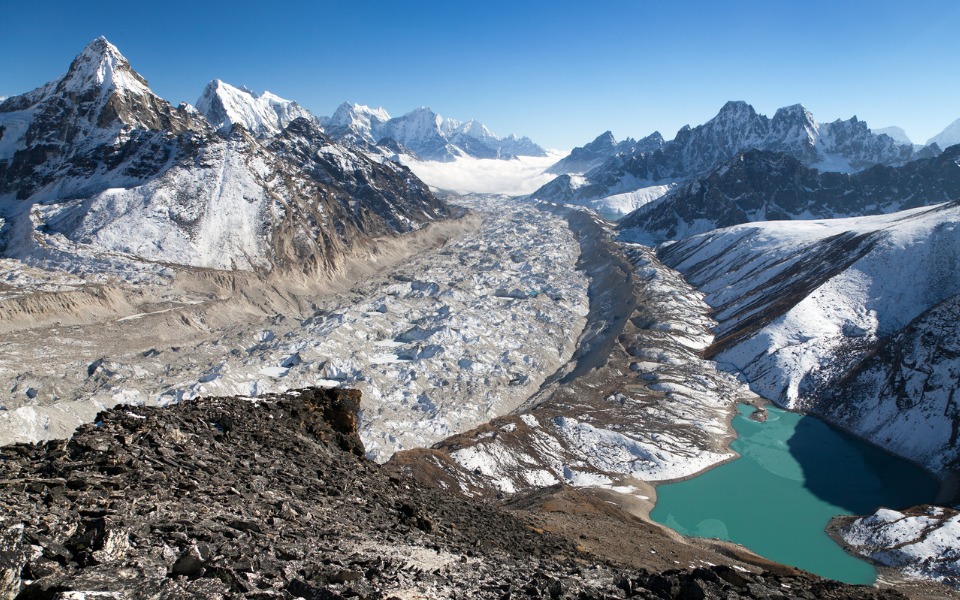
64% glaciers in Himalayan region may be lost in the next 80 years: IPCC report

The Hindu Kush Himalayan region faces the risk of losing over 60 per cent of its glaciers within the next 80 years due to global warming, a global climate report said on Wednesday (September 25).
A special report was prepared by the Intergovernmental Panel on Climate Change (IPCC) on oceans and the cryosphere in a changing climate. The report stated that glacier retreats and changes in regions that were covered by snow have already contributed to localised declines in agricultural yields in high mountain regions, including Hindu Kush Himalaya (HKH).
“Hindu Kush Himalayan regions are extremely susceptible to temperature increase. Under a 1.5 °C global warming scenario, the areas are projected to warm up by more than 2 °C on average by the end of this century,” the report said.
The report also said that currently, more likely climate change scenarios suggest regional temperature increases between 3.5 and 6 degree Celsius by 2100.
Also watch: Greta Thunberg raps World leaders over climate change
“Most of the projections also indicate overall wetter conditions in the future and increases in extreme precipitation events. This will lead to significant losses in glacier volume, from 36 to 64 per cent, depending on the warming scenario, and impact timing of water flows and water availability. So, the rate of risk is extremely high in present emission scenario,” the report said.
According to the report, floods will become more frequent and severe in the mountainous and downstream areas of the Indus, Ganges and Brahmaputra river basins, in HKH area, because of an increase in extreme precipitation events.
“Depending on the climate change scenario, the severity of flood events is expected to more than double towards the end of the century,” it said.
The report also said that with just 50 cm of sea-level rise, 150 million people would face flooding in port cities around the world.
Also read: World not doing enough to deal with climate change, Modi tells UN
Among the 46 cities at risk due to sea level rise, two are Indian cities – Mumbai and Kolkata – which may experience severe and frequent floods, it said. Anjal Prakash, one of the authors of the report said that Mumbai, the most populous city in India, is threatened by both sea-level rise and increasingly heavy rainfall.
“Much of the city is already below sea level at high tide. It is difficult to build walls to protect Mumbai from rising sea levels because the city also needs to be able to drain regular flooding from monsoon rainfall. At the same time, Mumbai is continuing to build more coastal developments,” Prakash said.
The HKH region covers mountain chains of central, south and inner Asia. It includes mountain ranges of the Tien Shan, Kun Lun, Pamir, Hindu Kush, Karakoram, Himalayas, and Hengduan and the high-altitude Tibetan Plateau which produce one of the world’s largest renewable supplies of freshwater.
It supports 120 million people directly through irrigation systems, and a total of 1.3 billion indirectly through river basins in India, China, Nepal, Pakistan, Bangladesh and Afghanistan.

